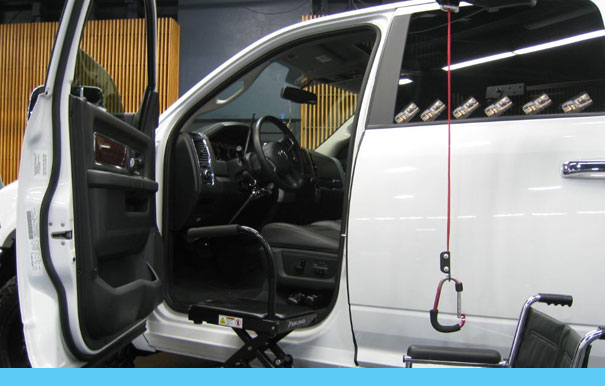Post-War Boom in Modifying Cars for Vets with Disabilities
Due to polio and the first two world war, the early twenties century saw an increase in people with disabilities in the U.S. After World War II, car manufacturers Ford and General Motors began to modify vehicles for wounded veterans. Eventually, they would include civilians with disabilities, as well.
Senator Bob Dole was one of such wounded veterans. During combat, Senator Dole was injured from a gunshot wound. As a result of the injury, Dole was partially paralyzed on his left side and mostly paralyzed on his right. At some point, he was a spokesperson for the modification of the vehicles until the military put the kibosh on Dole endorsing the auto companies.
Those are just three examples of the people with disabilities who served as pioneers in creating adaptive technology for vehicles.
Almost a hundred years later, we’ve come a long way. Not just in how society views people with disabilities, but how we strive for inclusivity and accessibility. Automotive companies are at the forefront of this change by including new adaptive technology and spearheading the modification inventions. Some of the most common assistive modifications available on the market today include:





